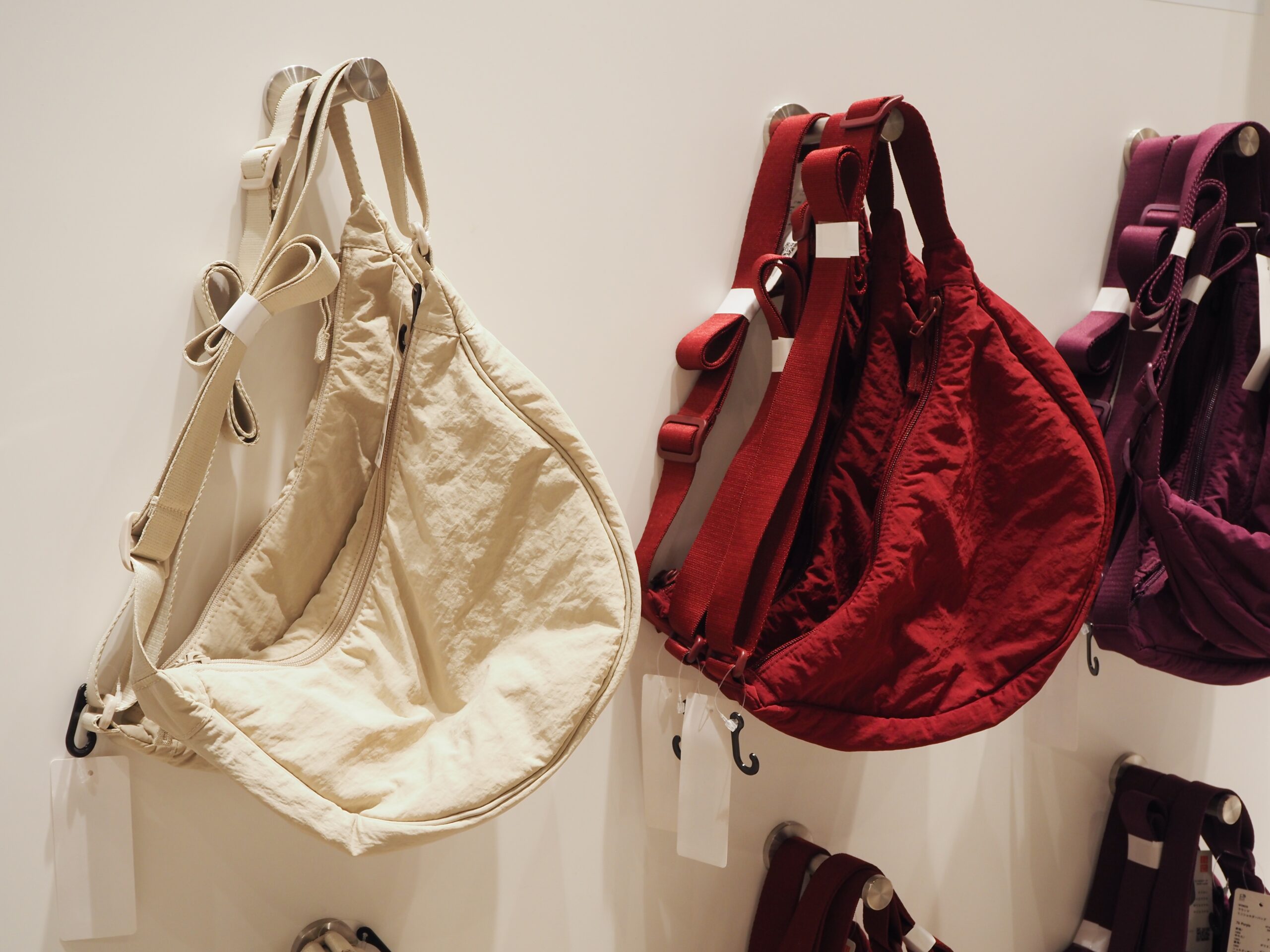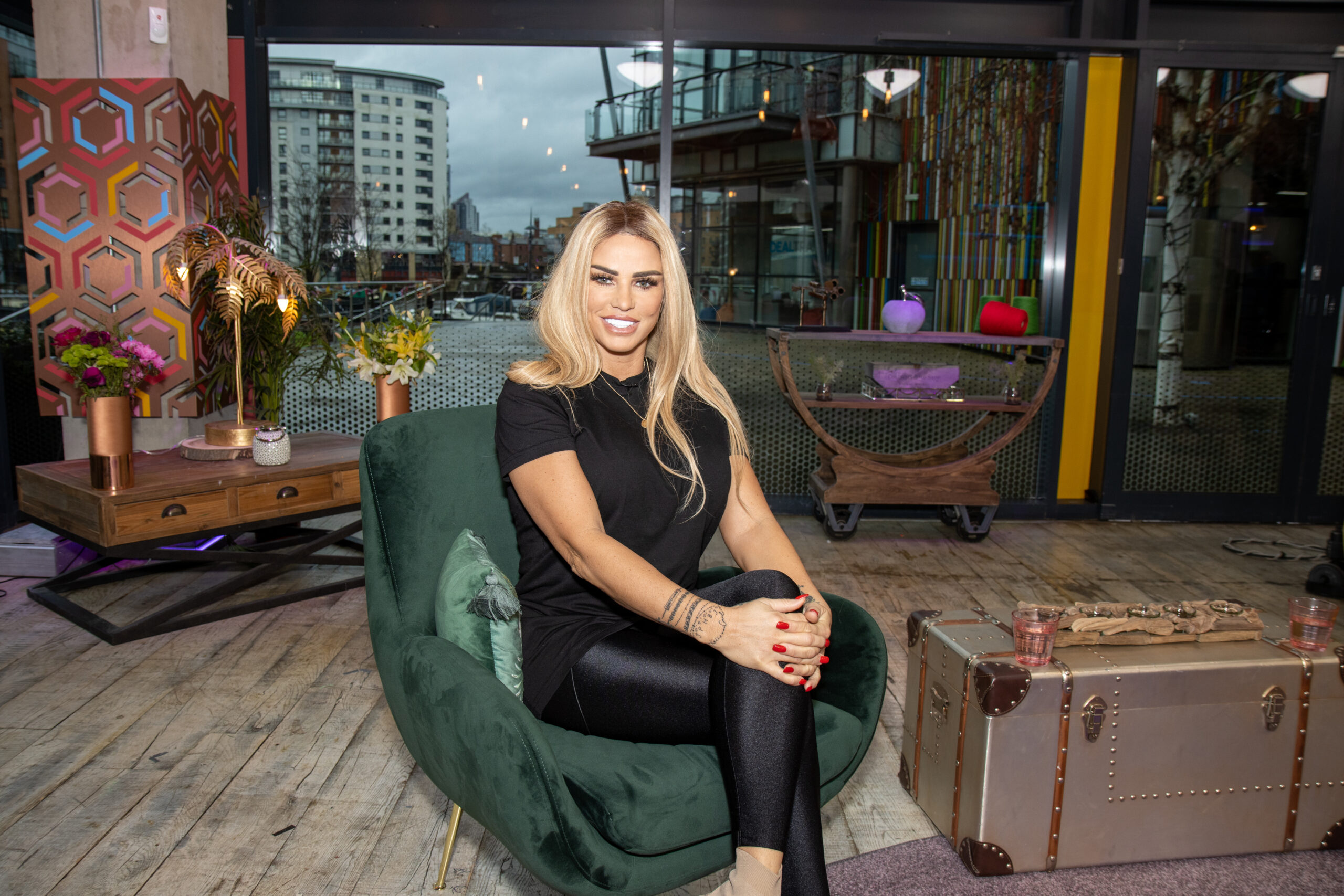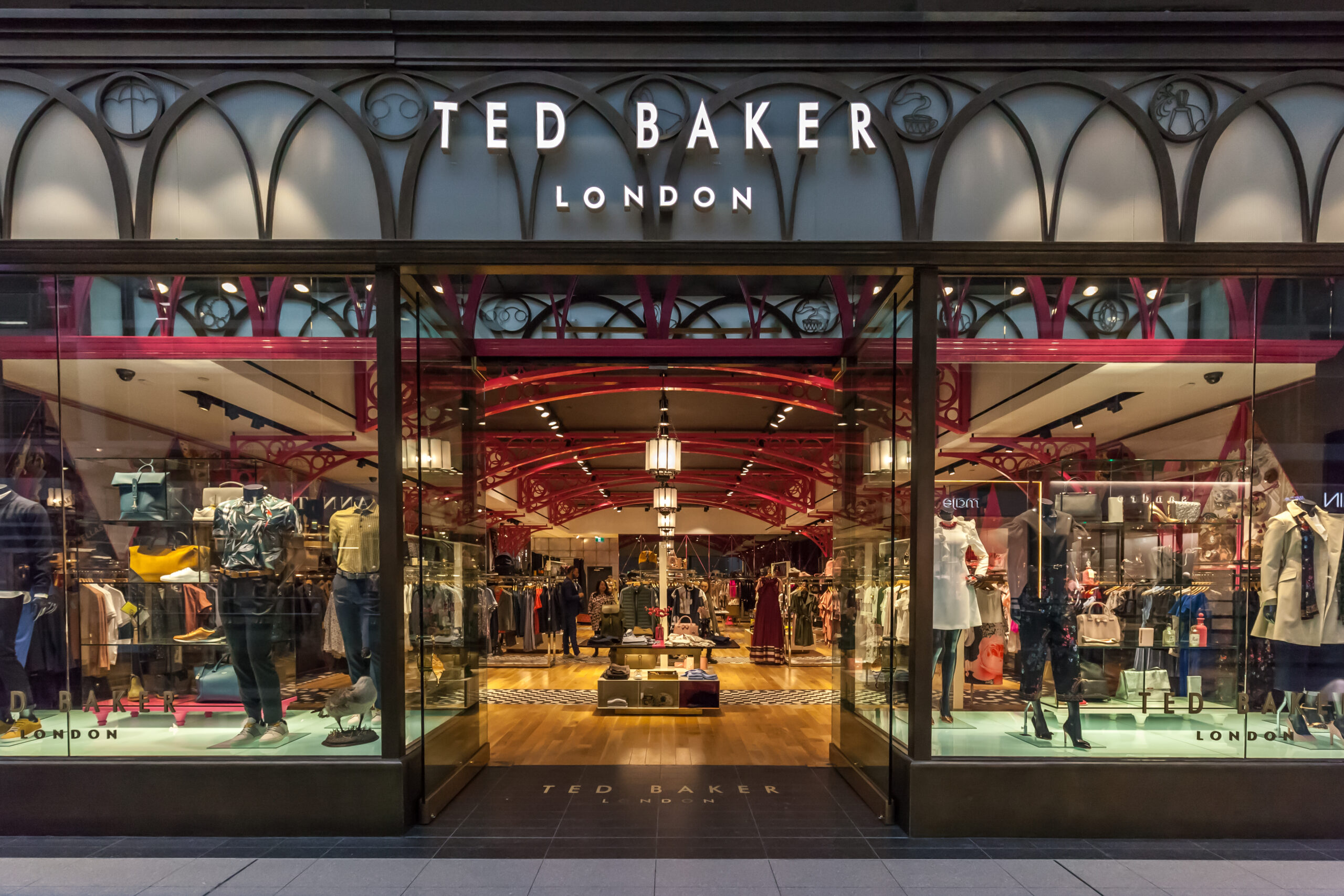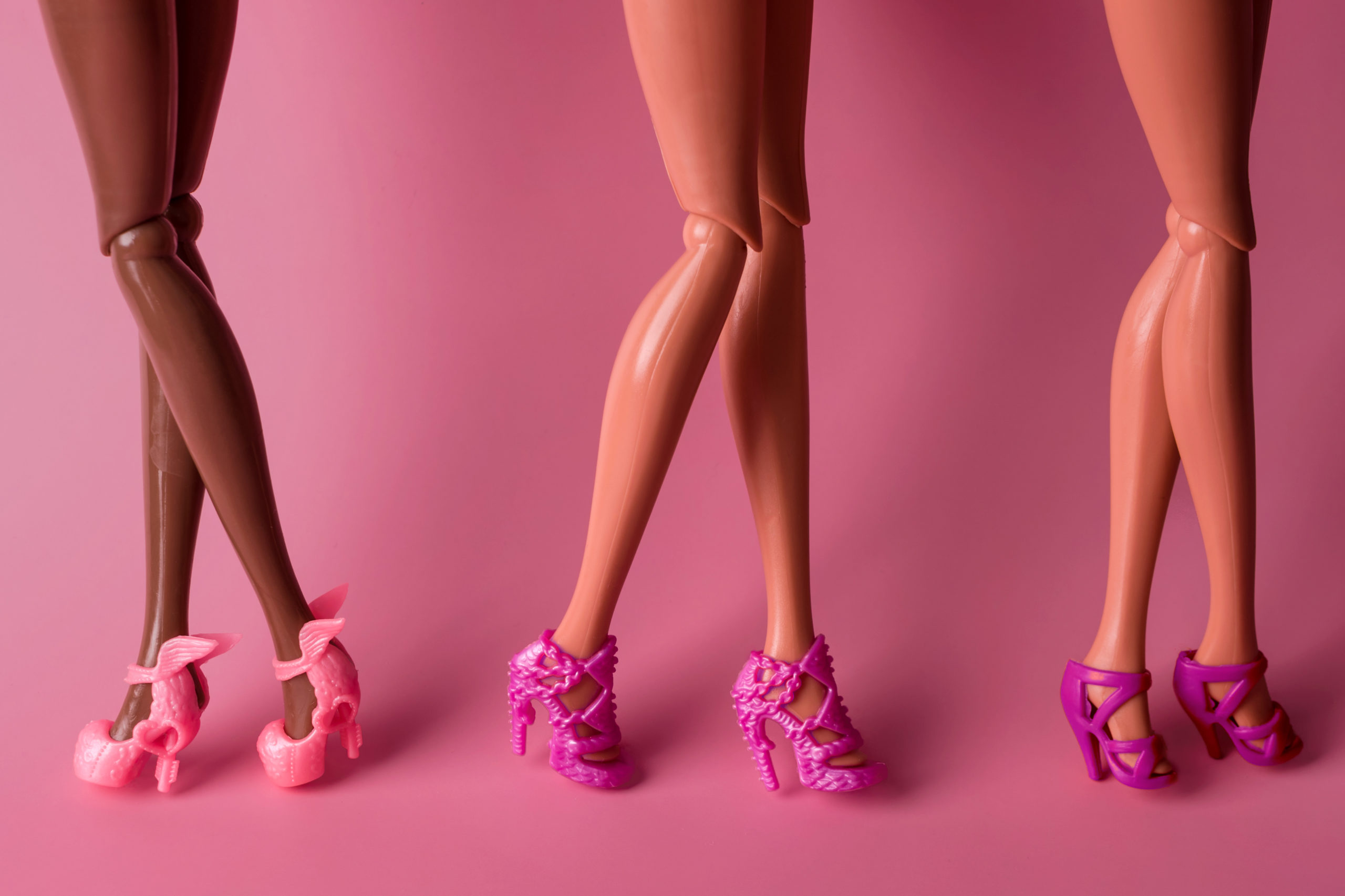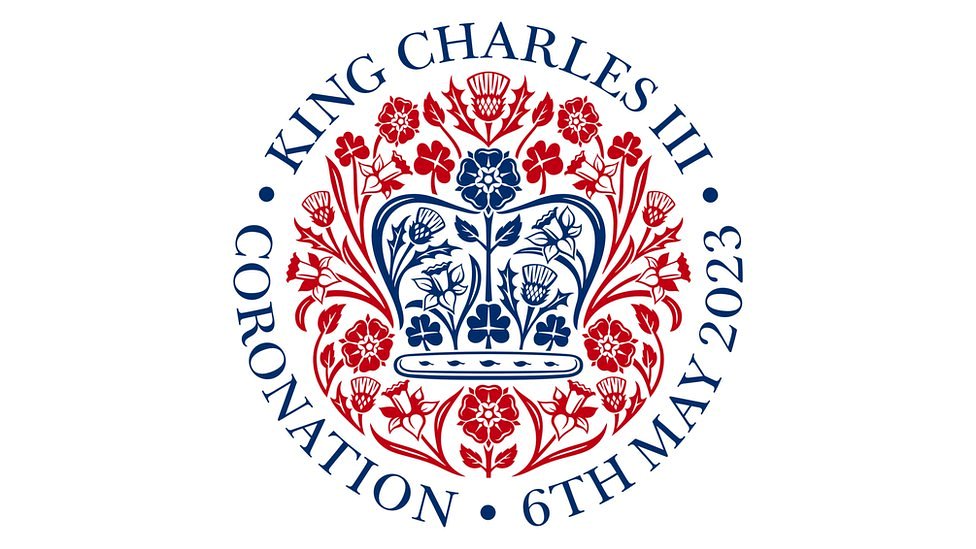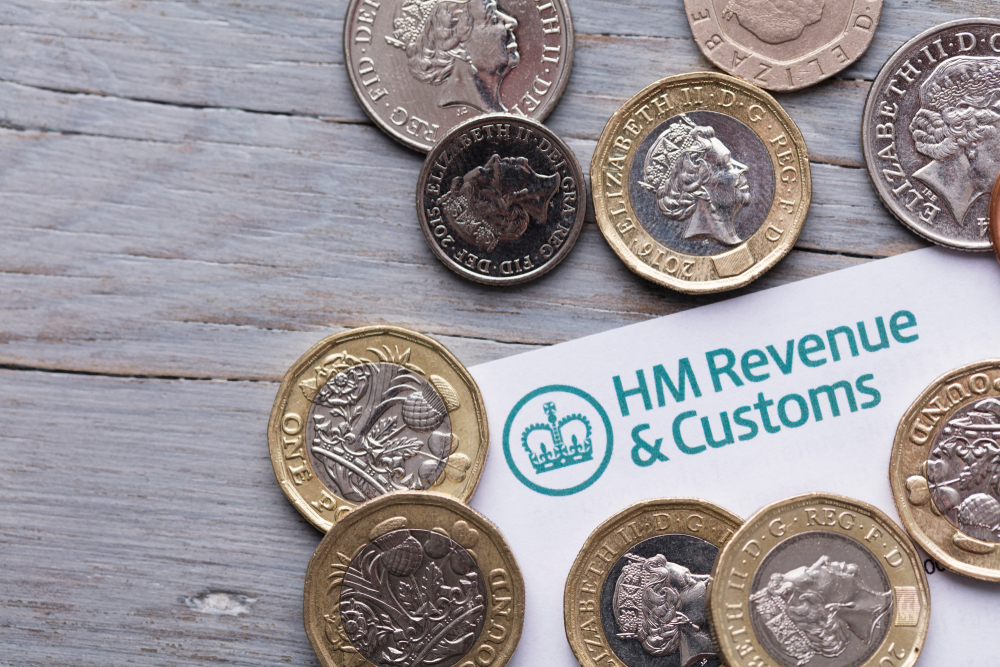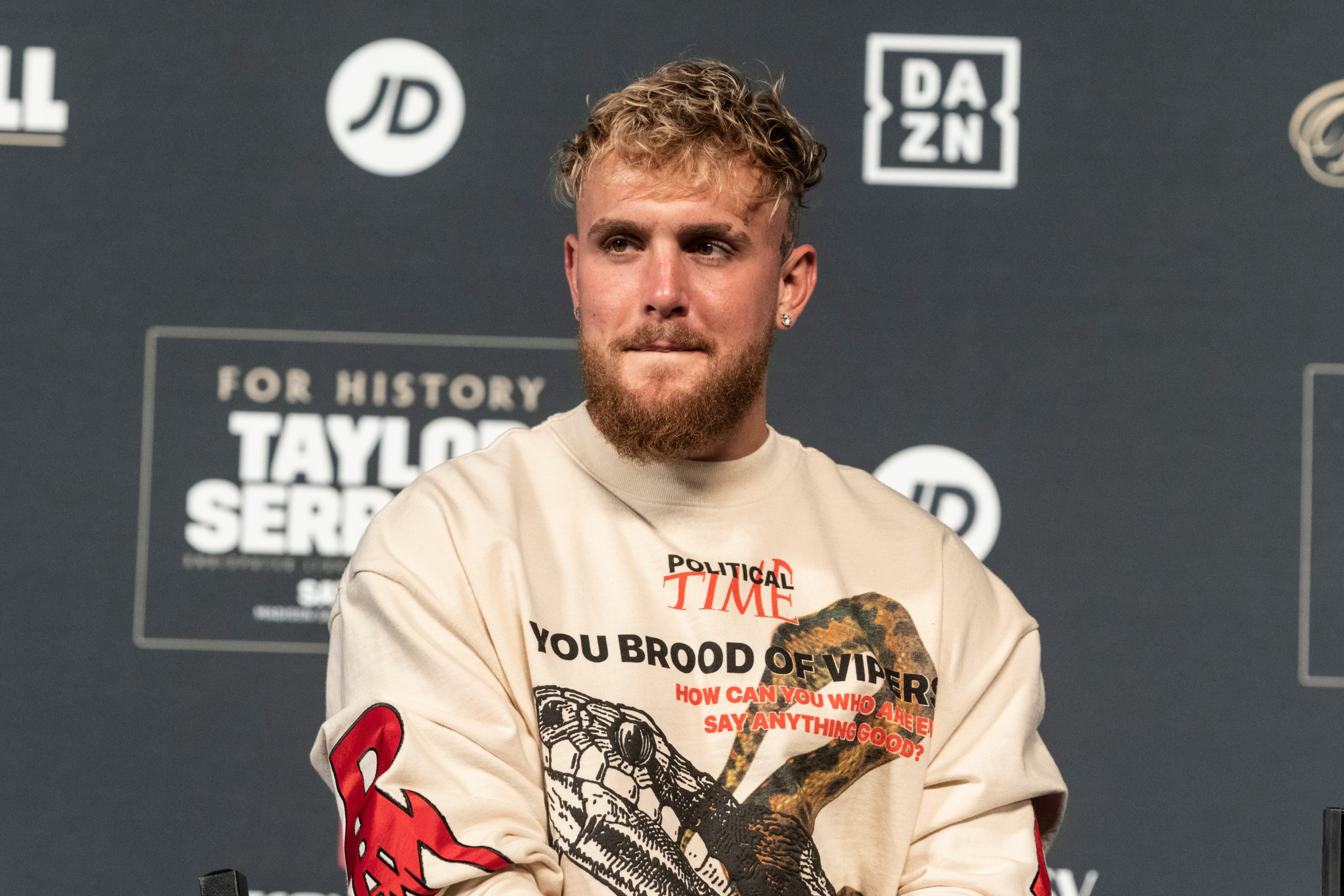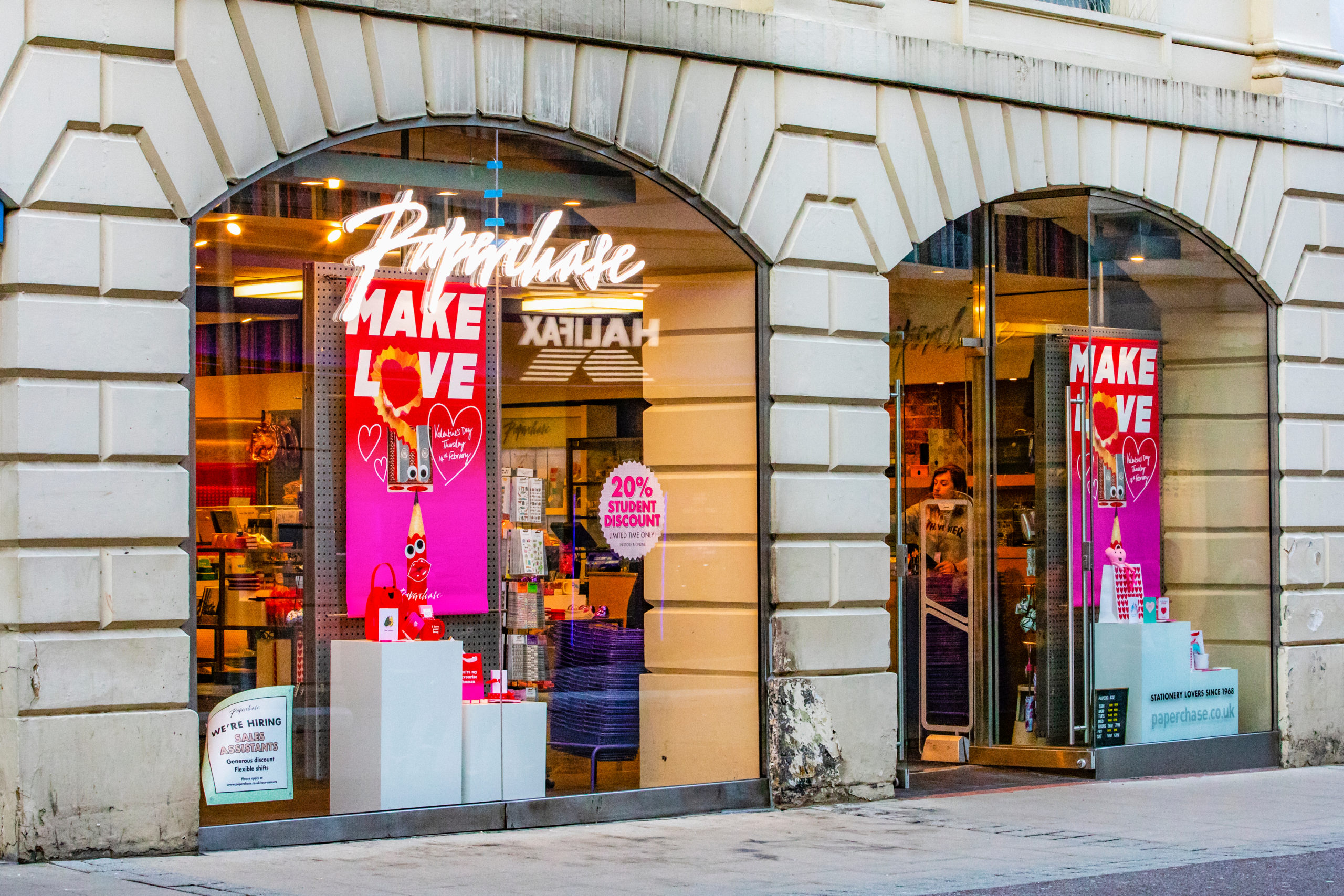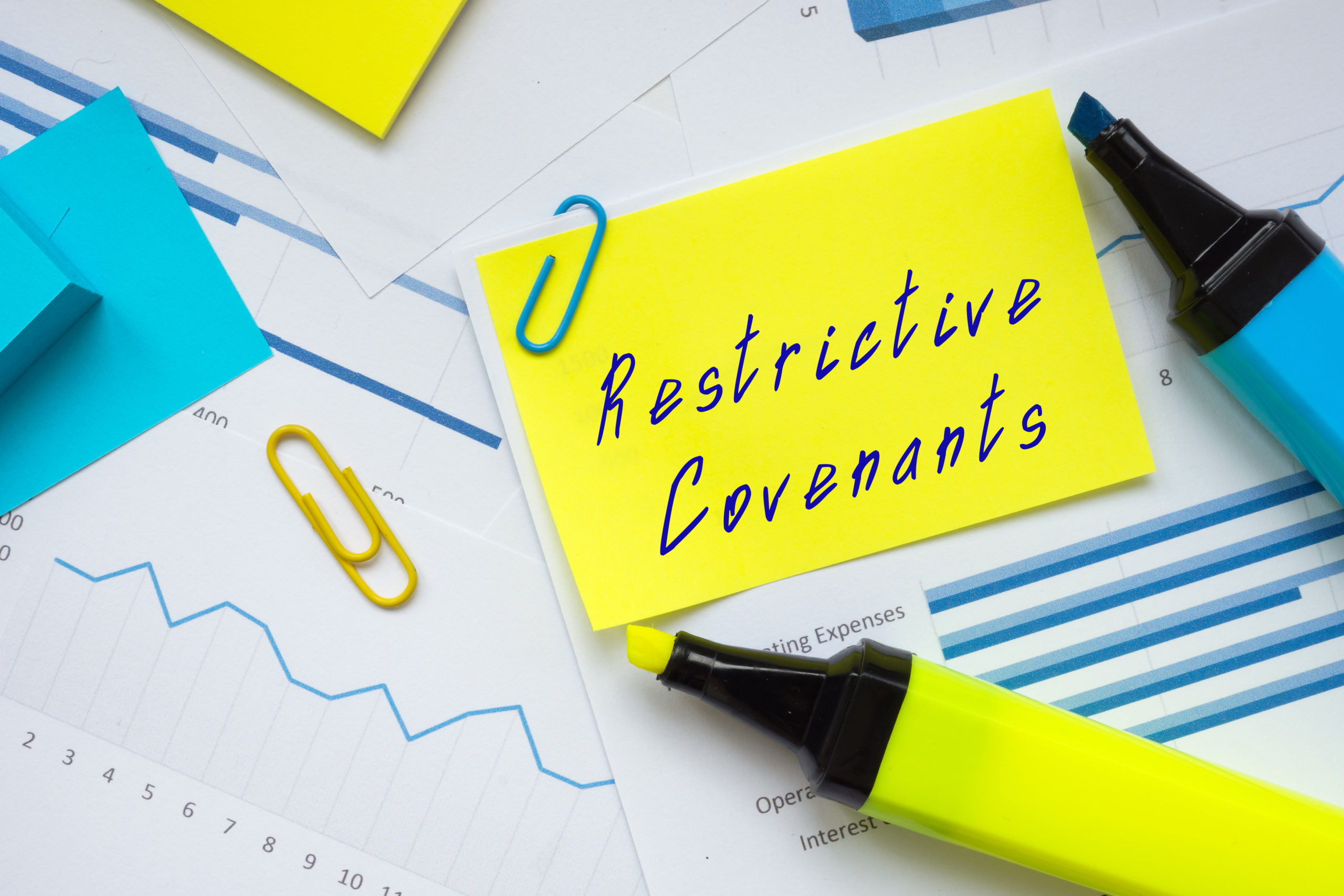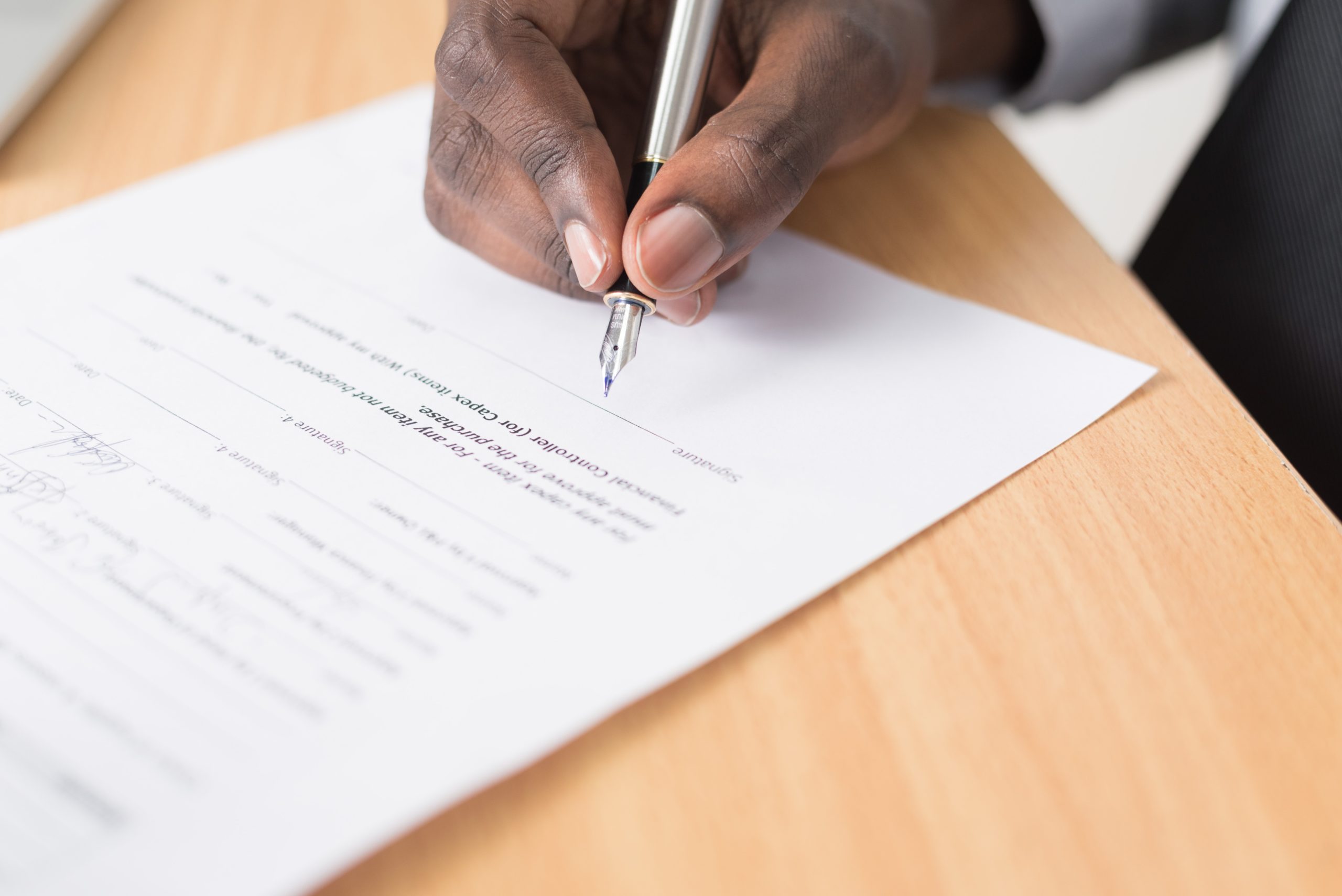UNIQLO sues SHEIN over ‘It Bag’
UNIQLO is pursuing SHEIN in Japan for the sale of “imitation products” and copying its best-seller ‘cross-body’ bag. Here, Beyond Corporate Trainee Solicitor, Molly Hackett, Looks at UNIQLO’s case and offers her tips for brands and individuals to protect their designs.
Uniqlo is seeking injunctive relief to stop Shein from selling the bag as well as damages. The brand has stated that it will take “a resolute stance against any act that infringes on its intellectual property” and that Shein’s product is a blatant copy infringing its original design.
It is not surprising that the Japanese brand is keen to protect and enforce its intellectual property rights over the product, given it has been Uniqlo’s “best-selling bag of all time”, labelled one of 2023’s top bags by Lyst and became a TikTok phenomenon.
Many may ask, what is so special about the bag? Cross-body bags have been around for decades, and whilst Uniqlo’s banana bag has been a viral hit, there is doubt over whether the bag has distinctive quality and individual character – there are at least three other high street retailers selling similar bags (H&M being one).
It will be interesting to see the outcome of the lawsuit, if it is successful, the win will be key for Uniqlo in reinforcing the integrity of its designs and safeguarding its intellectual property against other retailers. No doubt Shein is now getting quite used to such legal battles…
Fashion garment designs can be difficult to protect, especially if they are relatively ‘simple’ and focus solely on their appearance, making them easy to replicate, as many do. It is important to recognise that decorative aspects are regarded as design features, equally, the absence of such elements can constitute a distinctive aspect of the design.
However, there are ways in which brands and individuals can maximise the protection of their designs, firstly by being aware of their potential rights and secondly knowing what action to take when those rights are infringed:
- Registered rights – brands and individuals can register their designs, which gives them the exclusive right to make products and garments incorporating the design, and the ability to pursue others for infringement. In some instances, designs (predominantly pattern designs in practice), can be protected by a registered trade mark – like the infamous Burberry tartan.
- Use of non-disclosure agreements can protect a creator’s rights by deterring third parties from running away with their designs and making unauthorised disclosures.
- Unregistered rights – brands and designers ought to be aware of any unregistered rights subsisting in their designs, which arise automatically without registration (such as design rights, passing off and copyright) and how they can enforce such rights if someone is copying their original work.
If you have any questions or require any further advice on this topic, get in touch with our specialist teams today at hello@beyondcorporate.co.uk
[This blog is intended to give general information only and is not intended to apply to specific circumstances. The contents of this blog should not be regarded as legal advice and should not be relied upon as such. Readers are advised to seek specific legal advice.]
